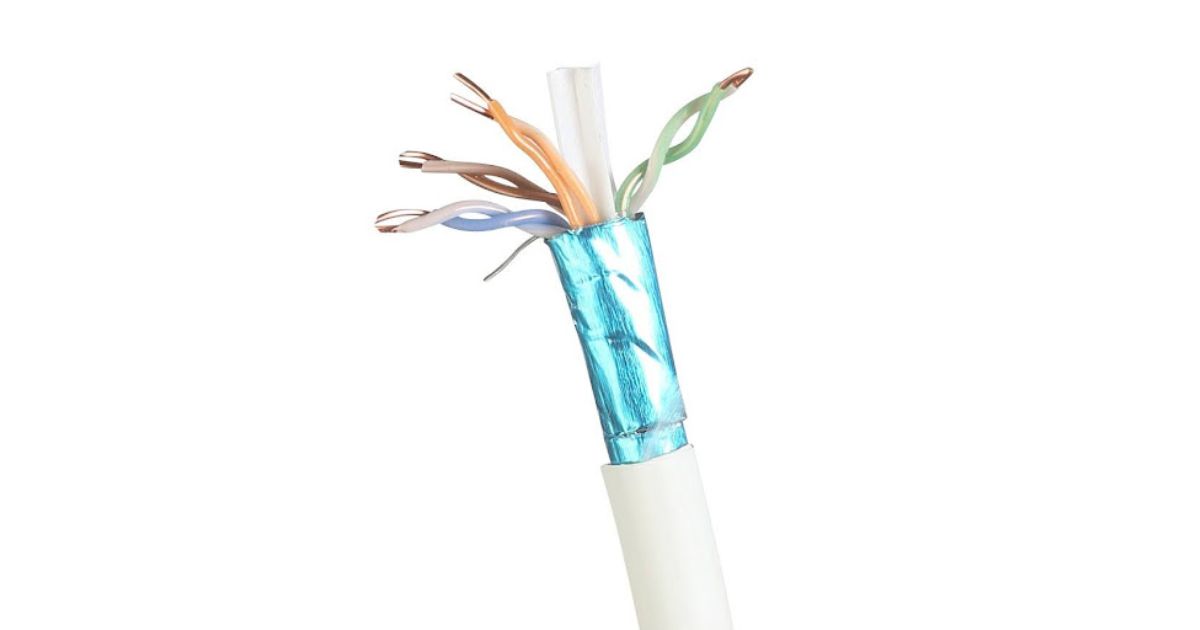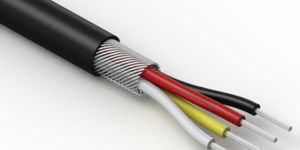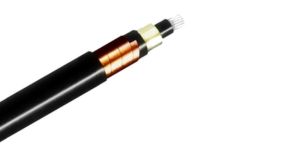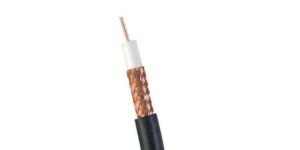
What Is Cable Shielding? Why Is It Important?
Anytime there is data being transferred, there can be interference from the electrical field. In order to cut down on electromagnetic interference, shielded cables are employed. It is important to understand cable shielding so that your cables work the way the manufacturers intended. Here is a description from Remee Wire & Cable about what cable shielding is, what it is used for, and why it is important to your business.
What Exactly Is Cable Shielding?
Electrical cables can be made of several wires bound together. Cable shielding acts to protect the wires with electrical current from interference from those free electrons floating in the field as well as interference from other wires in the cable.
What Does Cable Shielding Look Like?
Think about a cross-section of your cable. If you look at the inside of your cable, you will notice that the cable itself is wrapped in a shield for protection from outside interference.
A cross-section of cables can include several conductors that are also wrapped or shielded. These wires within the cable need to be shielded so they are protected from interference.
Why Should I Worry About Cable Shielding?
If you do not have cable shielding on your cables, your project is apt to be less expensive when you begin it. However, without cable shielding, all sorts of problems may occur. For example, without shielding, your cables are open to electrical interference, which can cause a disruption in signal from the cable itself.
If you have cable telecommunications lines, for example, interference with the signal could cause the signal to be interrupted constantly, which leads to many unhappy customers. All of your quad shield coax cables, shielded ethernet cables, shielded network cables, and shielded USB cables must be adequately shielded to keep your networks healthy and your customers happy.
Unshielded cables have a much larger rate of interference than shielded cables, which means that you may have to constantly stop your work to look at periods of electrical disruption and electrical devices that quickly wear out.
Type of Shielding Cable
Several types of shielding cable exist to preserve the cable’s integrity and signal strength. Here are the most common types of cable shielding found in markets throughout the United States.
Braid Shields
Braid shields, also called metallic braid shields, are among the most common types of shielding available. While the name braid shields may sound strange, these shields get their name because they are woven around conductors in a similar way that people can braid material or hair. Usually, these braid shields are made of tinned copper or bare copper strands.
Braid shields have some advantages over other types of cable shielding. They are more flexible and stronger, can be used with all frequencies, and can physically protect your cable from interference.
Foil Shields
Foil shields are constructed of composite aluminum and Mylar tape. There are many advantages to using foil shields. They are less expensive than braided shields, and they have a drain wire within the cable shield that allows easier grounding of the cables.
Foil shields can face inward or outward, depending on what your needs are. Foil shields are thin and very light. They can be applied easily. While foil shields are flexible, their flexibility has a shorter lifespan than other shields, so you may have to replace them more frequently. Foil shields offer very little protection for a cable, and they have no mechanical strength. Often, businesses use the combination of foil shields with braided shields for maximum performance and durability.
Spiral Shields
Spiral shields may sound very much like braided shields, but there are distinct differences. Spiral shields wrap around the wire in one direction, usually clockwise, but there are reverse spiral shields that are wrapped over the wire in the opposite direction.
Spiral shields are economical, easy to set up, and are very flexible. You can terminate spiral shields much more easily than other shield types. However, spiral shields are delicate, and they have limited frequency coverage, which means they are restricted to audio use.
Tape Shields
Tape shields are very much like foil shields in many respects. Tape shields are wrapped around conductors, often in a spiral fashion. While they are easy and economical to produce, tape shields have drawbacks as well. You must use a drain wire, and they do not offer much physical protection or mechanical strength.
What Type of Shield Is Best for Me?
It can be difficult to decide what kind of cable shield you need for your next project. Instead of stressing over the details yourself, let Remee Wire & Cable help solve your cable shielding issues. We would be happy to talk with you about the best, safest, and most economical way to shield your cables. Why not give us a call today so we can begin to find your best options for cable shielding?



